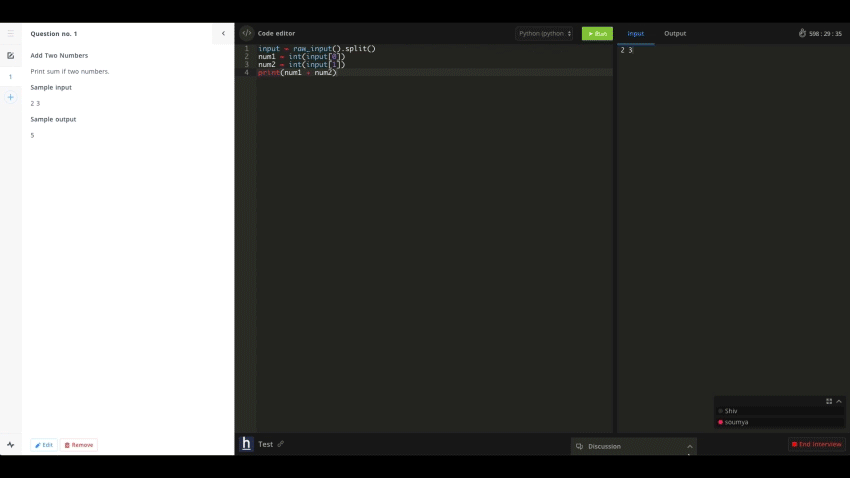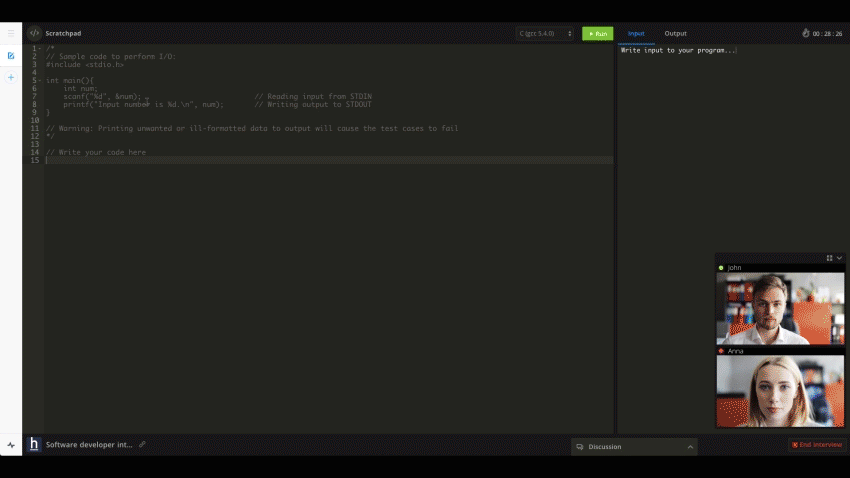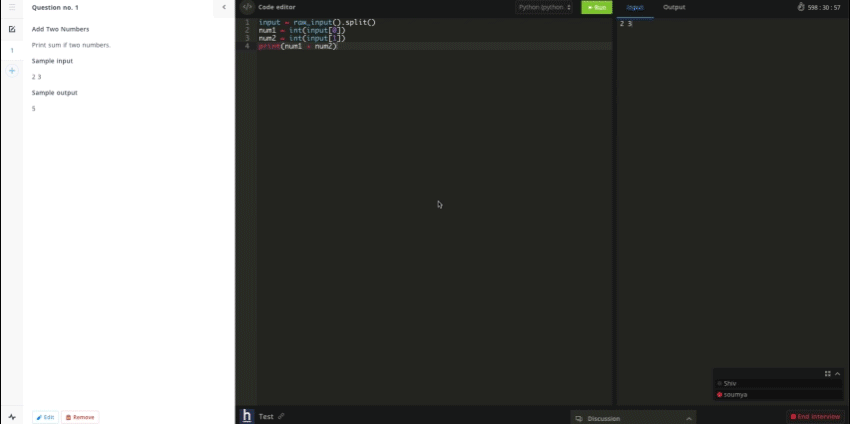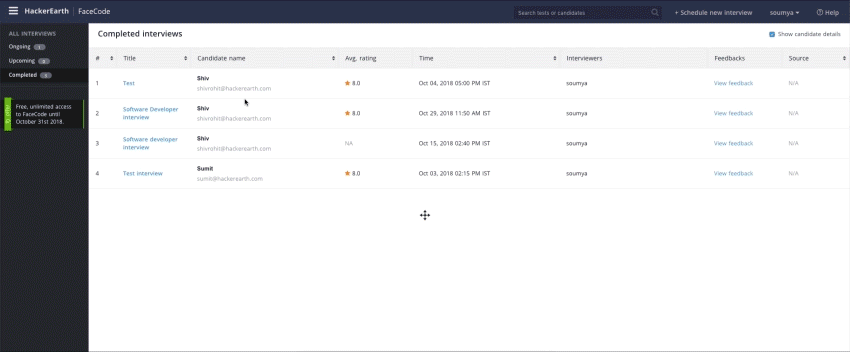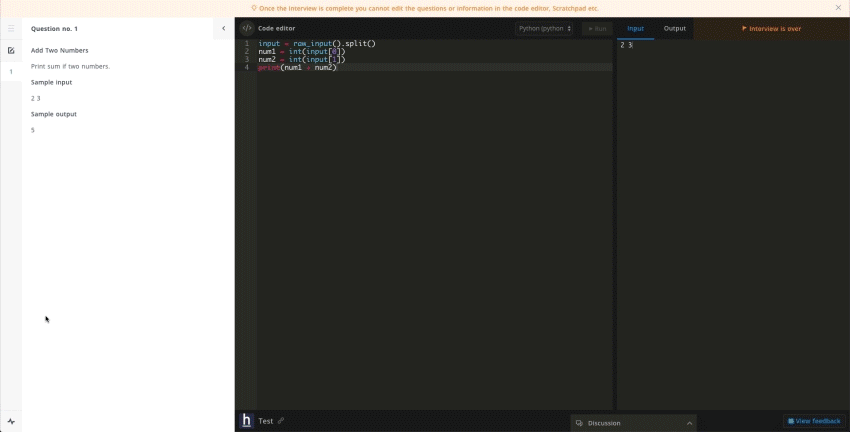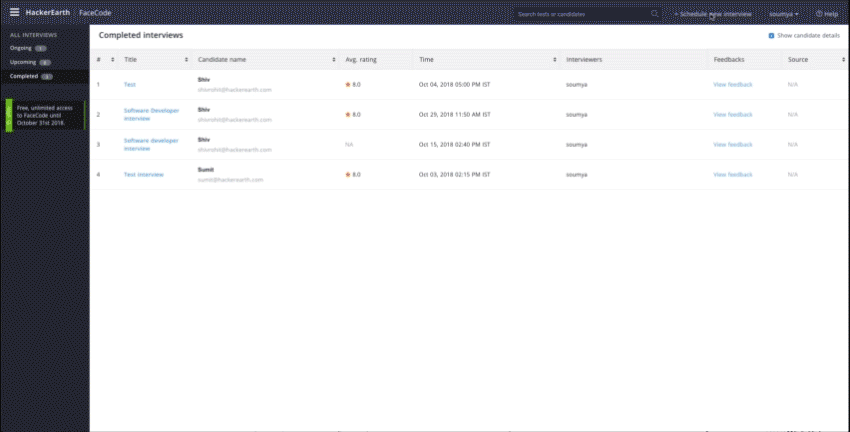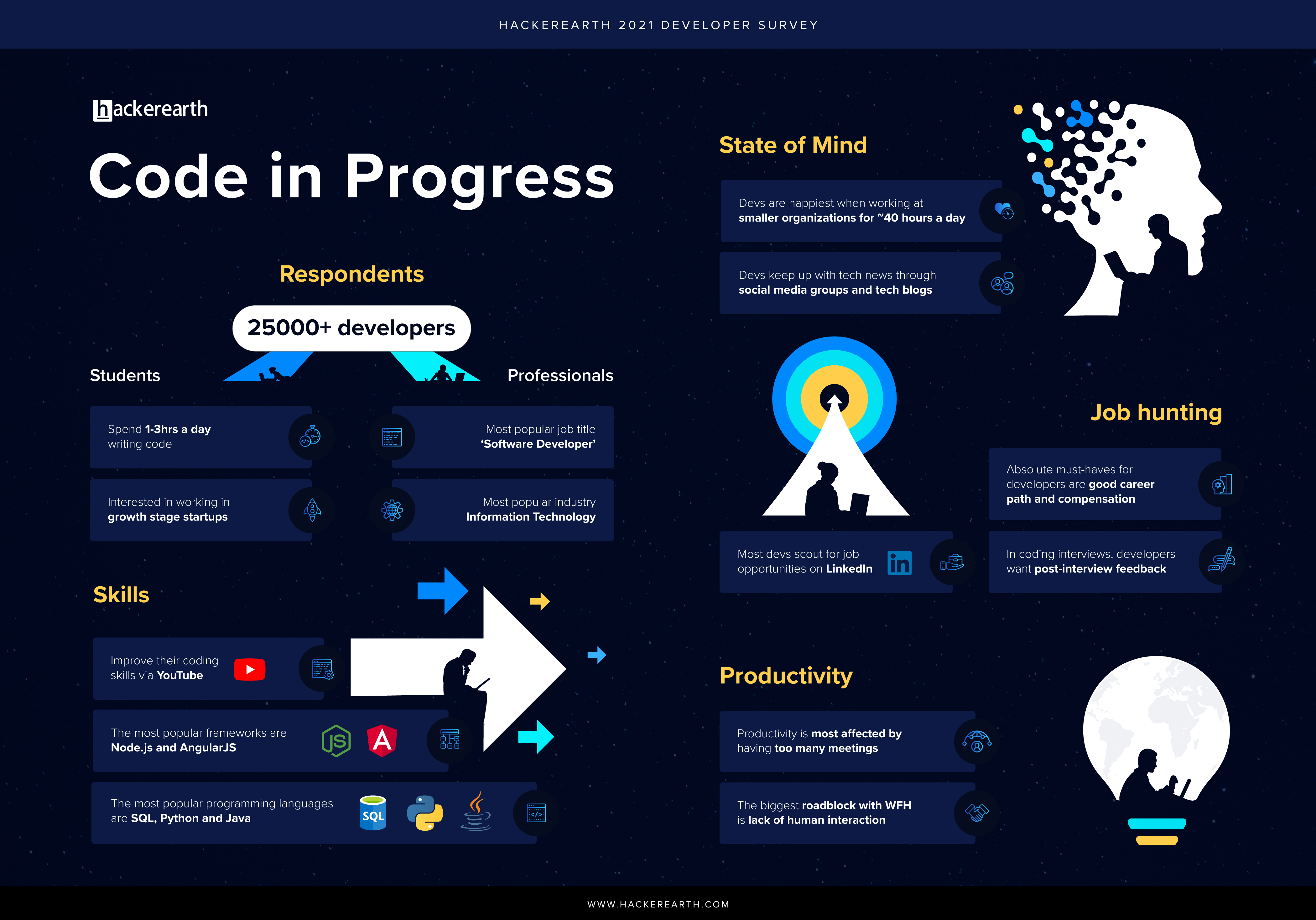The fate of a business rests in the hands of a recruiter.
Dramatic, I know. But not necessarily wrong.
Recruiters are responsible for bringing in the best talent possible to an organization. Because there are so many moving parts to recruiting—scheduling, interviewing, communicating— recruiters can significantly lighten their workload with applicant tracking systems.
An applicant tracking system (ATS) is a software that helps businesses automate the recruiting process to make it more efficient. Doing so saves time, money, and energy of recruiters.
Benefits of ATS
ATS can offer a variety of benefits to recruiters, and therefore, the businesses they are finding talent for.
- Reduced administrative tasks
- Higher quality hires
- Engaged candidates
- Ensured compliance
- Access to data
- Easy tracking of applicants
Let’s take a closer look at some of the benefits that a streamlined and automated recruiting process, provided by ATS, can bring to your business’ hiring process.
Reduces administrative tasks
One of the main reasons businesses use an ATS is to help boost productivity by reducing the amount of administrative work that a recruiting position calls for. With the help of an ATS, recruiters can refocus their efforts on the quality of candidates, as opposed to the process of hiring them. Tedious tasks like posting jobs online, screening resumes, and scheduling interviews can all be made easier with ATS.
Picks out high quality hires
This benefit directly correlates from the one mentioned above. When recruiters use applicant tracking systems, a lot of their tasks are either completely taken care of or made a lot easier. This helps recruiters focus on their main goal: bringing qualified, talented, and motivated new hires to their company.
ATS has filtering- and skill-matching capabilities, meaning it can skim through the resumes that have been submitted, and pull out the most qualified candidates to then pass along to the recruiter for review.
Engages candidates
Applicant tracking systems don’t only make the hiring process a win for recruiters, but they also make it pleasant for applicants.
The hiring process alone can deter an applicant from moving forward with your business. In fact, 60% of job seekers will stop filling out an application because they didn’t enjoy the process. ATS will help your business optimize the hiring process to make it gratifying for applicants, not a chore.
Ensures compliance
Applicant tracking systems are specifically designed to stay compliant throughout the entire hiring process.
The software structures your hiring practices in a way that is in accordance with rules and regulations that forbid discrimination against a certain group of candidates. Compliance is key while hiring, and ATS can help you avoid lawsuits, fines, and a potentially negative image for your brand.
Provides access to helpful data
In addition to finding the best candidates for your company, ATS can also help recruiters determine how well their current recruiting system is working.
Applicant tracking systems produce data that show the overall success of hiring efforts. Different tools will offer different metrics, but some examples include the success of the sourcing initiative and how long it takes for a new hire to become productive. Recruiters can proactively use this data to ensure their hiring process is running as smoothly and efficiently as possible.
Makes communication easy
Applicant tracking systems help the communication aspect of hiring in more ways than one.
First, it makes communicating with candidates a lot easier. A designated tool will help keep your inbox from overflowing. ATS can also help recruiters communicate with job search websites, giving the job posting more exposure to potential candidates, and making their application process a lot simpler.
Who uses ATS?
The competition of the current job market is not slowing down any time soon. This can be overwhelming for two audiences: human resources departments and staffing agencies.
Human resources managers can use ATS throughout their entire hiring process. Not only can it automate mundane tasks like posting positions to job boards and resume parsing, but it can also screen candidates, run background checks, and integrate new hires with your human resources management system.
Staffing agencies also benefit from the capabilities of ATS. They are constantly under pressure to fill positions as quickly as possible without sacrificing the quality of the candidate. ATS can help them reach out to many candidates at once, parse through resumes and use skill-based candidate matching, and establish relationships with clients.
Signs you need ATS
When presented with a new software solution, the common thought of a lot of business owners is, “Why fix what isn’t broken?”
Yes, your current recruiting process might be working just fine, but there might be time and resources you are wasting by not using the right tools.
Here are some signs that your business is ready to invest in an ATS:
- You don’t have a place to store candidate contact information.
- You have a lot of different applications open while working on the hiring process.
- You have received feedback that your application process is less than ideal.
- You have to manually insert a new hire into your HR system.
- You lose track of candidate profiles.
- You miss out on great candidates because you don’t communicate with them fast enough.
- You can’t see a candidate’s progress.
- You struggle to get team members to submit feedback on candidates.
- You repeat detail after detail when communicating with candidates.
- You have no record of what is good or bad about your recruiting process because no record exists.
If those situations apply to you, it is time to invest in an ATS.
How to find the best ATS for your business
With every category of software, you are going to be presented with endless options. And while all products in the ATS category are meant to simplify your business’s recruiting and hiring process, different tools offer different features. Choose the wrong one, and you could be wasting money on a complicated tool you don’t need or missing out on a feature that will further automate your recruiting process.
Here’s how you can make sure you choose the right ATS for your business.
- Review your process: Take a good look at your current recruiting and hiring process. Document step by step how you typically go about bringing people in, track their process, and communicate with candidates. Pick out what your business does really well.
- Ask what your current process is lacking: Now think bigger. Identify your biggest pain points and think of a potential solution for resolving them. Pick out areas where time is often wasted and process is the most frustrating.
- Make a list of what you want: Now, with all of those potential solutions in mind, think of an ideal ATS for your business. Ideate some specific features that would make your recruiting process as simple and efficient as possible. Differentiate between must-haves and nice-to-haves.
Do some research and find a product that suits your business’ needs or contact a representative from a potential provider so they can find something that works for you.
Simplify hiring with ATS
Applicant tracking systems take a big weight off the shoulders of recruiters. Not only does it leave room for them to focus their time on finding quality hires, but it also offers organizational benefits that make the process a lot easier to manage.
By integrating a skill based assessment solution with your ATS, you can create an efficient channel to streamline your technical recruitment workflow. Post jobs on the ATS, set up assessments to invite candidates, generate and share detailed candidate reports with your team. The advantage is that you can streamline your recruitment process from the ATS interface without switching back and forth between the two platforms.
Popular posts like this:














